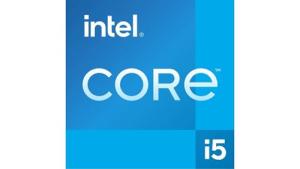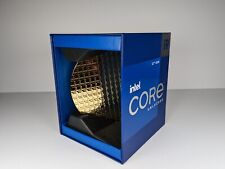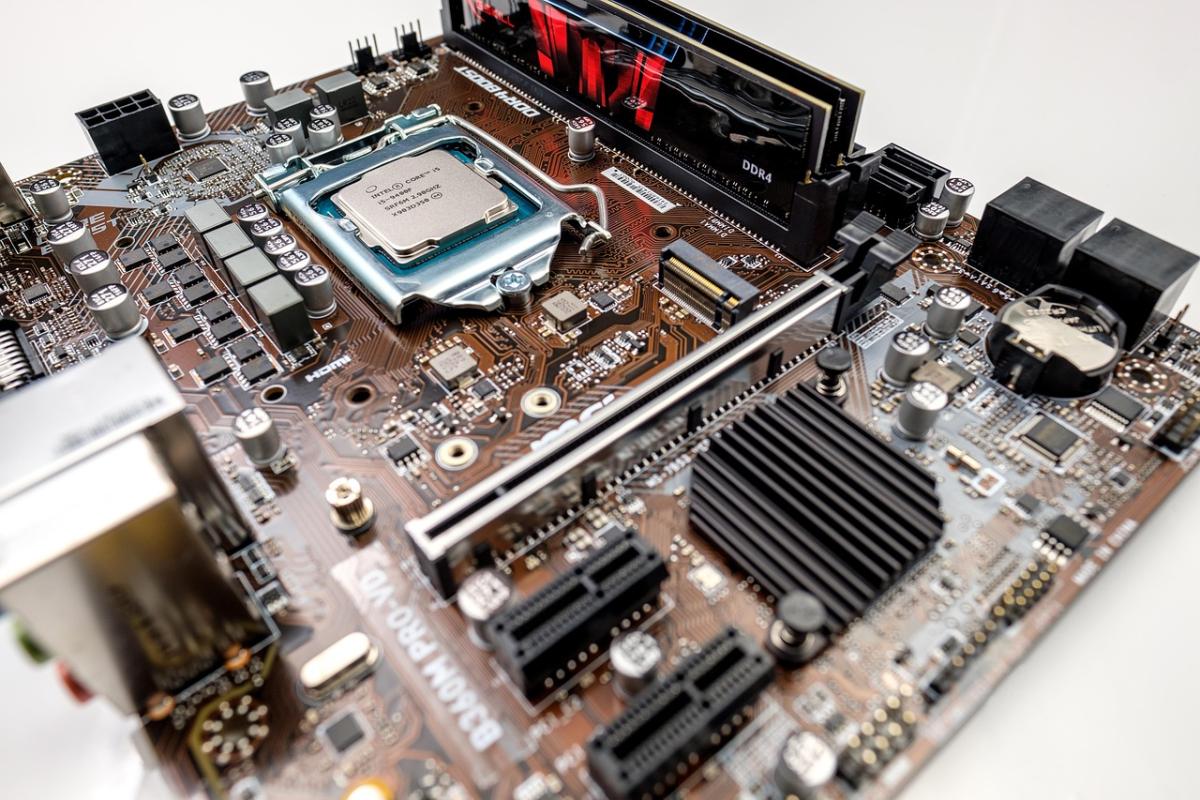**Intel: A Legacy of Innovation and Technological Excellence**
Intel Corporation stands as one of the most influential and groundbreaking companies in the history of technology. Renowned for its contributions to computing, innovation, and global connectivity, Intel has consistently shaped the way we interact with and benefit from technology. This essay explores the origins, achievements, and impact of Intel, as well as its role in defining the future of technology.
---
### **The Beginnings of a Tech Giant**
Founded in 1968 by Robert Noyce and Gordon Moore, Intel was established in Santa Clara, California, in the heart of what would later be called Silicon Valley. Originally focused on memory chips, Intel’s name—derived from "Integrated Electronics"—reflected the company's ambition to pioneer advancements in semiconductor technology. By the early 1970s, Intel shifted its focus to microprocessors, setting the stage for its monumental impact on computing.
In 1971, Intel introduced the 4004, the world’s first commercially available microprocessor. Though modest by today’s standards, the 4004 revolutionized computing by bringing processing power to smaller devices. This marked the beginning of Intel's rise as a global leader in computer technology.
---
### **Technological Milestones**
Intel's legacy is built upon a series of technological breakthroughs that have defined the modern computing era:
1. **Microprocessor Dominance**: The release of the Intel 8086 in 1978 laid the foundation for x86 architecture, which remains the standard in personal computers to this day. Subsequent generations of processors, including the Pentium series in the 1990s, solidified Intel’s position as a market leader.
2. **Moore's Law**: Co-founder Gordon Moore famously predicted that the number of transistors on a microchip would double approximately every two years, leading to exponential growth in processing power. This principle guided Intel’s innovations for decades, enabling the creation of increasingly powerful and efficient processors.
3. **Hyper-Threading Technology**: Introduced in the early 2000s, this technology allowed processors to handle multiple tasks simultaneously, dramatically enhancing multitasking and computational performance.
4. **Integrated Graphics**: Intel’s incorporation of integrated graphics into its processors enabled smaller, more affordable systems while supporting casual gaming and media playback.
5. **11th and 12th Gen Processors**: Intel’s latest processors have showcased improvements in Artificial Intelligence (AI) integration, energy efficiency, and performance, catering to modern needs in gaming, content creation, and data analytics.
---
### **Impact Across Industries**
Intel’s contributions extend beyond personal computers, influencing multiple industries and technologies:
1. **Consumer Computing**: As a pioneer of microprocessors, Intel made personal computers accessible to households worldwide. Its processors continue to power desktops, laptops, and tablets used by millions.
2. **Data Centers and Cloud Computing**: Intel’s Xeon processors are the backbone of data centers globally, enabling cloud services and enterprise computing. The company's focus on scalability and energy efficiency helps meet the demands of growing digital infrastructure.
3. **Artificial Intelligence**: Intel plays a significant role in AI development, offering hardware solutions that accelerate machine learning and neural network processing.
4. **5G and IoT**: With investments in 5G networks and Internet of Things (IoT) devices, Intel is driving connectivity and enabling smarter, interconnected devices in homes, cities, and industries.
5. **Autonomous Vehicles**: Through partnerships with companies like Mobileye, Intel is advancing self-driving car technology, prioritizing safety and efficiency.
---
### **Challenges and Competition**
While Intel has maintained a dominant position for decades, it faces challenges from competitors like AMD and ARM. AMD’s Ryzen processors and ARM’s mobile architecture have gained traction, particularly in markets emphasizing energy efficiency and performance-per-watt metrics. Intel has responded by diversifying its product lines, investing in research, and accelerating its transition to advanced manufacturing processes, such as the development of 7nm and 5nm chips.
---
### **The Future of Intel**
Intel is focused on a future that embraces sustainability, energy efficiency, and technological breakthroughs. With projects like quantum computing, AI accelerators, and innovations in chip design, Intel aims to retain its leadership position in the tech industry while meeting the demands of an increasingly connected world.
Intel’s strategy also emphasizes inclusivity and education, offering programs that foster innovation and empower the next generation of tech professionals. By addressing global challenges and advancing computing technology, Intel is poised to remain at the forefront of technological progress.
---
**Conclusion**
Intel’s journey from a memory chip company to a global leader in computing epitomizes the spirit of innovation and resilience. By shaping industries, empowering users, and driving technological progress, Intel has profoundly influenced the modern world. As the company continues to innovate and adapt, its legacy serves as a reminder of the transformative power of technology and human ingenuity. Through its dedication to excellence, Intel remains a cornerstone of the digital age, shaping the future one processor at a time.
Intel: A Legacy of Innovation and Technological Excellence
Technological Excellence by Intel
Related Articles
Essential High-Performance PC Components You Need Now
Upgrade your setup with the must-have parts for unbeatable gaming and productivity
Top Picks for Best High-Performance PCs
Find the perfect power machine for gaming, work, or creative projects
Your Guide to the Best High-Performance PCs
Find the Right PC for Your Gaming and Creative Needs
View our related products
See more






